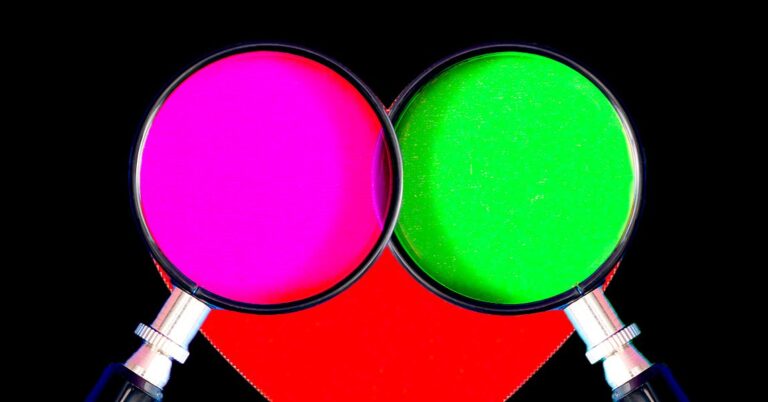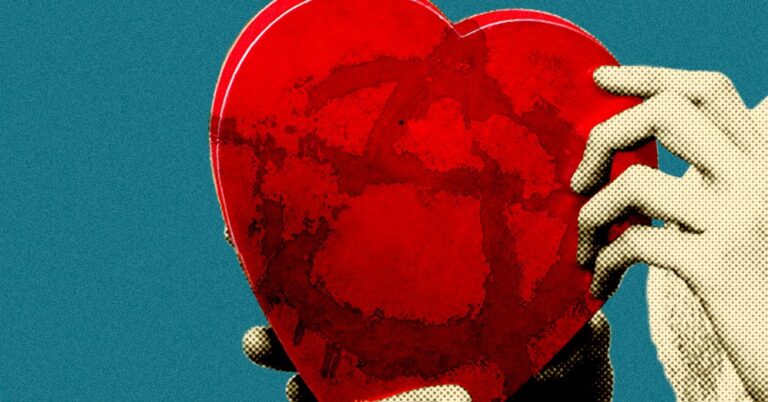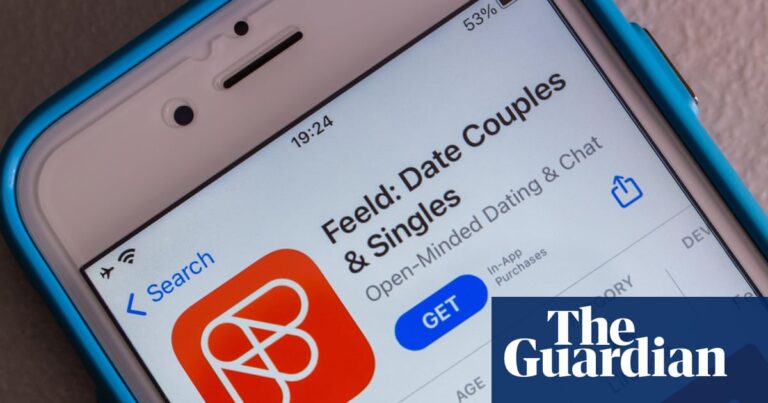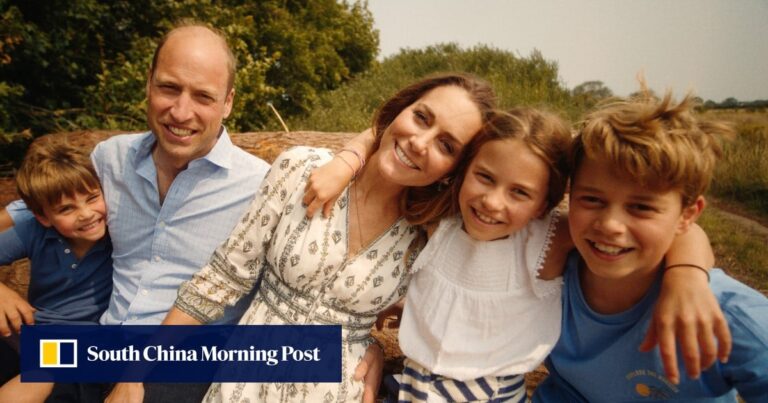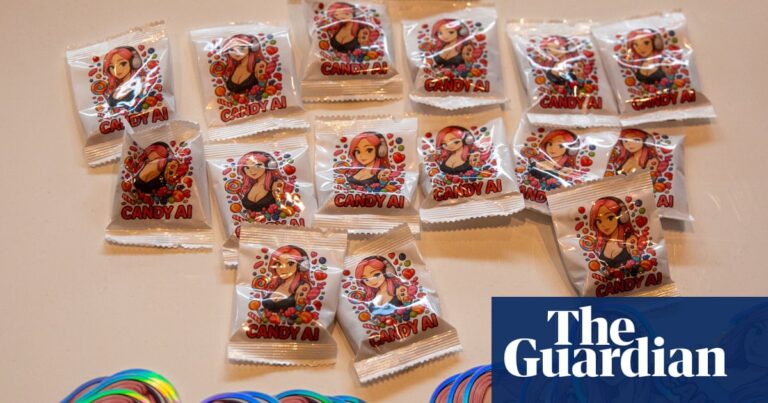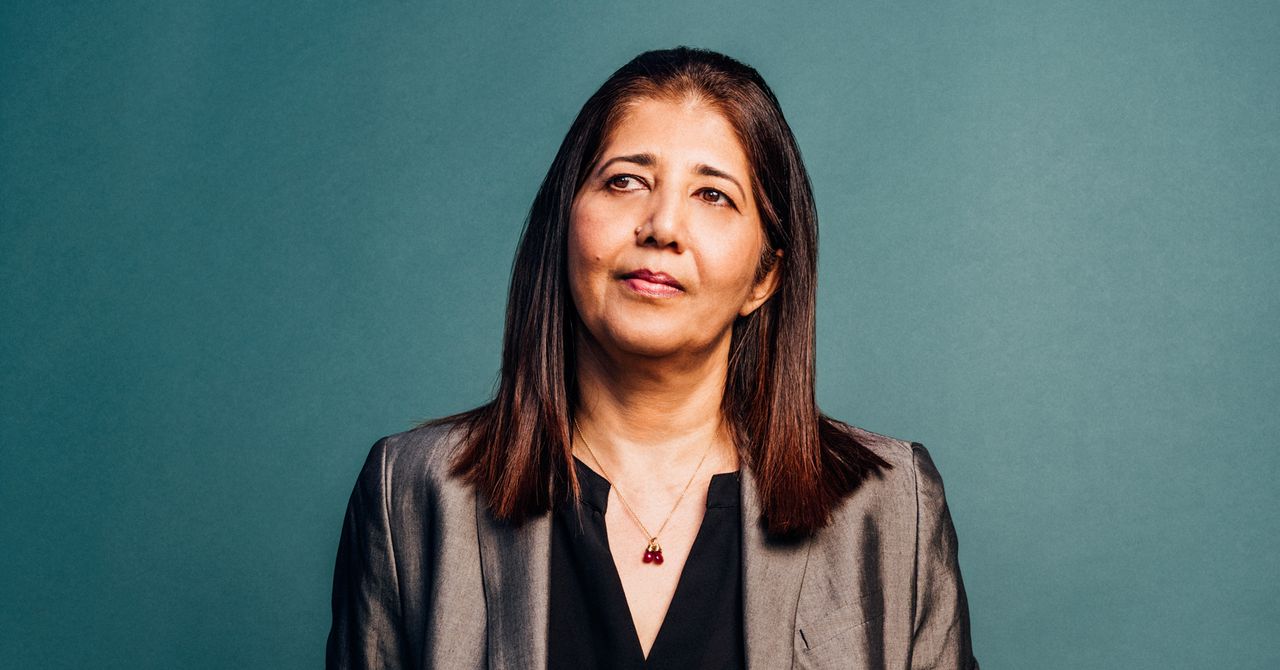
In the early 1950s, a programmer in Manchester, England, taught a 4½-ton, 4,000-cubic-foot Ferranti Mark 1 computer to write love letters. Or he taught it to play Mad Libs, at any rate, because all the love letters followed a simple script: “YOU ARE MY (adjective) (noun). MY (adjective) (noun) (adverb) (verbs) YOUR (adjective) (noun).” That early attempt to meld code and romance wasn’t much more than a fun ramble through the uncanny valley; as the programmer himself admitted, the Mark 1’s letters had “a very peculiar flavor.” But the project also pointed to a deeper lesson: When a computer puts the pieces together, they don’t always make sense as a whole.
By the following decade there were computerized “marriage bureaus” in England and Switzerland. And if you were an American college kid with $3 to burn, you could sign up for Operation Match. You filled out a 75-question survey about your personality and your ideal date, sent it off to be processed through an Avco 1790 computer, and got a list of compatible matches in the mail. The process was delightful, though not always useful. “Attraction is a very imperfect science,” David Crump, one of Operation Match’s founders, later reflected. Students didn’t always know what they wanted; one woman, after detailing her preferences, got matched with her roommate. “Of course, statistically, if you match up a million people, marriages are likely to happen,” Crump told Harvard Magazine.
By the time Dubey got the call from Ginsberg, statistics were on the internet dating industry’s side. Match, founded more than a decade earlier by an engineer named Gary Kremen, had normalized the idea of digitally sorting through millions of strangers to find your partner. (Some people had more success at this than others; Kremen’s own girlfriend left him for a man she met on the site.) In reality, though, Match couldn’t predict attraction any better than Operation Match had. The site was little more than a glorified directory. People could search for each other by age, location, religion, and even drinking habits, but they had to sift through all the pseudonymous profiles on their own. As the writer Jennifer Egan observed in 2003, online dating could seem like “a public bazaar for the sort of people who thrive on selling themselves.”
The purpose of the new spinoff site, Chemistry, was to compete with one of Match’s up-and-coming rivals. That company, eHarmony, had come out with a solution to the “public bazaar” problem: Using data from a proprietary 258-question personality test, its matchmaking algorithms would funnel down the torrent of search results into a dribble of potential soul mates. The company labeled itself a “relationship building” service, nothing like those “rapid and reckless” dating services. In television ads, eHarmony’s founder said his system was “responsible for more marriages per match than any online dating service.” Some caveats applied: The main site didn’t offer same-sex matches until 2019. Early on, eHarmony also rejected about one in six people for being poor marriage prospects, in some cases because they showed signs of depression.
Chemistry marketed itself as a big-tent matchmaking site, more inclusive than eHarmony. Part of Dubey’s job, as director of product, was to get Chemistry’s personality test up and running. It had been designed by Helen Fisher, a biological anthropologist at Rutgers University who believed that people’s personalities fell into four basic types—explorers, builders, directors, and negotiators—and that their partnership preferences could be predicted based on these types. “The first question on the test was to measure the length of your ring finger relative to your index finger, which tells you the amount of testosterone you were exposed to in the womb, which has a determining factor for some of your personality traits,” Dubey recalls. (Whether the ratio really means anything is still a subject of scientific dispute.) Another question: What do your doodles look like?
Doodles and digits were crude proxies for attraction or compatibility, as Fisher once conceded. A sociologist named Pepper Schwartz, who developed a questionnaire for one of Match’s competitors around the same time, told The Atlantic“If I could concoct a test for chemistry, I’d make a zillion dollars.” Matchmaking, in its true form, was more art than science. But as a product, the personality quizzes were fantastic. “This hand question just gripped people,” Dubey says. “We’re all so vain.” Once users got onto the site, her team could observe them, as if in a virtual love lab.

